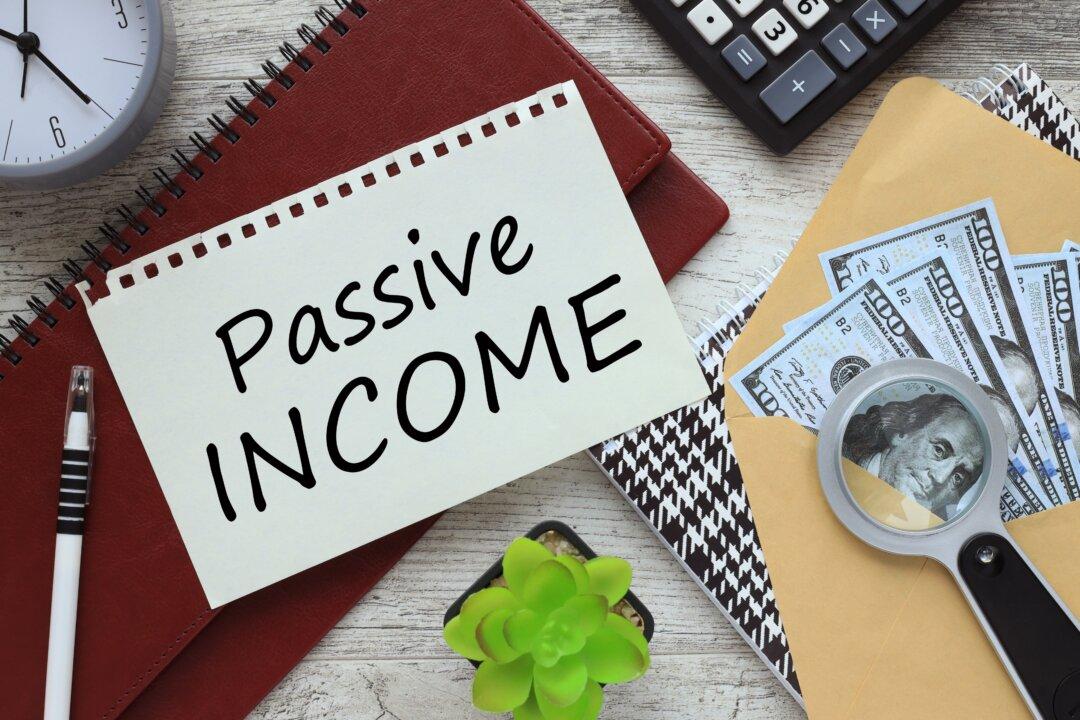 By Mikey Lucas
By Mikey Lucas
In a world where economic stability can seem like a distant dream, taking control of your financial future is more important than ever. Passive income isn’t just a buzzword; it’s a strategic approach to diversifying your income streams and securing financial independence.At its core, passive income is about making your money work for you. It’s income earned with minimal ongoing effort, a stark contrast to the 9-to-5 grind. The beauty of passive income lies in its ability to generate earnings over time, often with an initial investment of time or resources.
Understanding Passive Income
Passive income isn’t synonymous with “no effort.” It typically involves an initial investment of time, effort or capital. But once established, these income streams require much less active involvement compared to a traditional job.Finding Your Financial Independence Number (FIN)
Your Financial Independence Number (FIN) is your monetary amount needed from passive income sources to not rely on traditional active income. In other words, it is the amount you need your passive income sources to make to cover your expenses and not have to work. To find your FIN you want to:- Add your direct monthly expenses (food, utilities, transport, etc.)
- Calculate your indirect monthly expenses for one month only (e.g., mortgage: divide annual amount by 12)
- Add your monthly subscriptions
- Create a sum total of all three above categories
- Add a 10 percent buffer of the sum total
- Add the last two categories to create the grand total—this is your monthly FIN
Types of Passive Income
The concept of passive income can be broken down into two primary categories:- Investment-driven income: This involves putting your money into assets or ventures like stocks, real estate or mutual funds.
- Resource-based income: This includes leveraging assets you own, such as renting out property or monetizing a skillset through digital products.
10 Strategies for Building Your Passive Income Portfolio
Starting doesn’t necessarily require a hefty financial investment. Many passive income strategies can be initiated with minimal funds but require your creativity and commitment.Risk Tolerance
To understand the right passive income source to begin building your portfolio, you need to know your risk tolerance. Risk tolerance refers to how much risk you can take without impacting your financial security. There are some great risk tolerance calculators online that can analyze this for you. Make sure you complete this step before diving in.Accredited Investing—Top-Tier Growth
Now, just as all passive income streams are not created equal, some require you to reach specific milestones to engage with them. These streams often involve you needing to be an accredited investor. Put simply, being an accredited investor means you satisfy one of the two criteria below:- You have an annual income exceeding $200,000 (or $300,000 together with a spouse) for the last two years, expecting the same in the coming year; and/or
- You have a net worth exceeding $1 million, not including the value of your primary residence.
Final Tips—Get Educated
Now that I’ve introduced the concept of passive income to you, and you know the basics, it’s time to learn more. There are some great resources out there that can walk you through this article in greater detail. Download an audiobook on passive income, and play it in the car on the way to work each day. A small amount of growth daily will lead to great results.There are also some brilliant investing groups online that you can join. Hearing other people’s perspectives and their approaches toward passive income generation can inspire you to take action in your own financial journey.
As always, take action today! Watch another video on passive income, and start to expose yourself to more information on this topic. Beyond investing, your education is your biggest asset. With knowledge, you are unstoppable. I’m cheering you on as you start your financial freedom journey from the sidelines. Here’s to safe and smart wealth generation!








